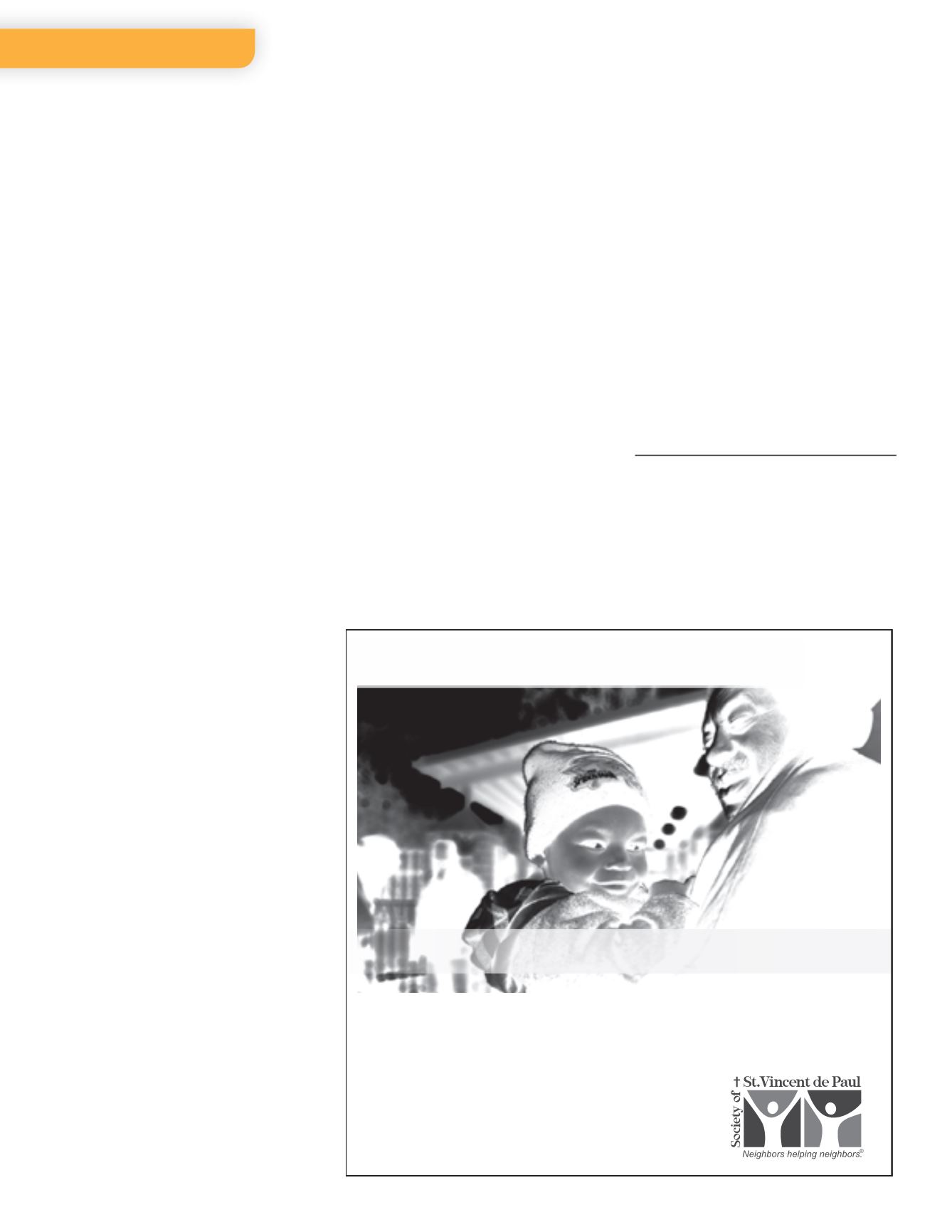

Q.
Were any of the questions, or the
assumptions behind the ques-
tions, especially surprising or tricky?
A.
The second question I received,
from Justice Ginsburg, had been
one that was asked in a moot the week
before, and no one liked my answer during
the moot. I really worked on refining that
answer over the course of the week before
argument, and I guess I satisfied Justice
Ginsburg with my response because there
was no follow up afterwards.
Q.
Was there a difference between
how you and opposing counsel
approached the argument or briefing?
A.
We really focused on the legal stan-
dard, whereas opposing counsel
tried to argue that the standard was
largely irrelevant because the lower court
applied the standard we were advocating.
That was probably inconsistent with the
cert grant itself, and ultimately the court
wasn’t persuaded by it.
Q.
How did you feel about your
chances after the argument? Was
there press coverage?
A.
I walked out of argument feeling
that we had won, just based on the
Justices’ reactions to my responses and
those of opposing counsel. But it is obvi-
ously hazardous to predict outcomes
based on oral argument, and then I made
the mistake of reading some of the press
coverage that deemed the Justices “skep-
tical” of the arguments we were advancing.
That made me question whether I was
really assessing the argument objectively
(but happily it turned out that I was!).
Q.
How would you compare oral
argument at the United States
Supreme Court with oral argument at
the Ohio Supreme Court or the Sixth
Circuit?
A.
The process itself, and indeed the
actual argument, are similar. But
the key difference is that you have more
time in a US Supreme Court argument
(30 minutes) than the normal 15 in most
other arguments. That extra 15 minutes
is a long time! And the Supreme Court is
generally more focused on broader policy
implications than error correction, so the
argument tends to be more policy-based
than case-specific.
Q.
Tell us about the Supreme Court’s
decision, and what it felt like to
win.
A.
The Supreme Court unanimously
reversed the Ninth Circuit’s deci-
sion that we were appealing, and they
largely adopted the legal standard that we
were advocating (borrowed from Justice
Kagan’s prior decision). Justice Kagan, in
fact, authored the opinion. It was incred-
ibly exciting to win (needless to say), but I
found out just before I left the office for a
dentist appointment. It was a little hard to
savor the victory from the dentist’s chair.
Q.
You’ve argued before the Supreme
Court before. Does it get any
easier?
A.
Not really. I was familiar with the
process, so that definitely helped,
but I found the preparation process and
stress of it all fairly similar. But it is also
rewarding to get the questions that you’ve
prepared for, and your instincts largely
take over once you reach the podium.
Q.
What advice would you give to
someone facing his first argument
at the Supreme Court?
A.
Practice, practice, practice. You’ll
find that Supreme Court veterans
are always willing to help moot someone
for argument, and they can be great
resources. I had to lean on several friends
and colleagues to moot me over the holi-
days, and I sincerely appreciated their
willingness to pitch in and help.
Bergeron is a partner at Squire Patton Boggs and chair
of its Appellate and Supreme Court Practice, and he
serves as the president of the CBA Court of Appeals
Committee.
Encourage your clients to bring hope where there is despair, love where there is loneliness and faith where there is emptiness. To learn more about legacy gift opportunities with St. Vincent de Paul - Cincinnati, contact Claire Luby, Development Manager, at (513) 562-8841 ext. 259. Leave a legacy of hope, future. secure a bright16
l
November 2017 CBA REPORT
www.CincyBar.orgIn the Spotlight


















